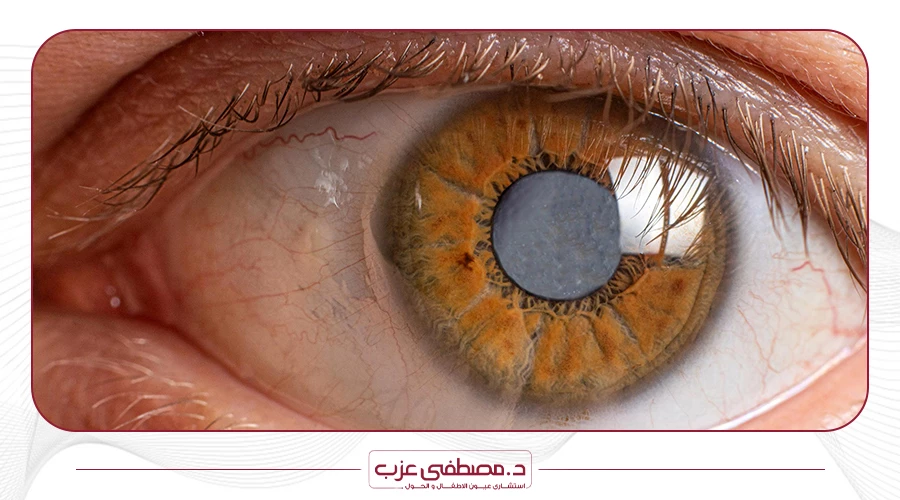Strabismus
Squint is a common disease that affects about 1% of the general population, depending on its types and forms. Most


Cataract is the most common cause of temporary blindness in the world. Despite the prevalence of cataracts among patients and despite their negative and severe impact on vision, their treatment is simple with high safety rates.
The eye consists of several parts, each of which has a specific function. One of these parts is called the crystalline lens, and it is responsible for collecting the image on the retina so that the eye can see clearly. Cataract is an opacity that affects the transparent crystalline lens, reducing its transparency and thus weakening its ability to collect and transmit images to the retina. The opacity of the eye lens is called cataract because in its final stages it turns into complete opacity, white in color, not transparent at all.
Most cases of cataracts do not have a specific cause, but there are factors that may help increase the possibility of cataracts, such as:
Age: The possibility of developing cataracts increases in the elderly
Smoking: Cataract rates increase among smokers
Chronic diseases: Some chronic diseases increase the possibility of developing cataracts, such as diabetes
Medications and medications: such as medications containing cortisone and some high blood pressure medications
Some chronic eye diseases: such as iritis
Eye injuries: Eye injuries, especially if they are somewhat severe, may lead to cataracts
There are types of cataracts that affect children, but they differ in their causes and treatment methods. You can learn more about them by reviewing the article Cataracts in Children
Diagnosing cataracts is easy. Cataracts are diagnosed through a clinical examination in the clinic, often without the need to conduct tests to prove the presence of cataracts. But more important than diagnosing cataracts is ruling out the fact that the cataracts are caused by another eye problem, such as iritis, and ruling out any accompanying problems, such as retinal detachment.
There is no drug treatment or drops for cataracts, and the only solution is to remove the cataracts, often using phaco technology or sound waves, which some call laser, and implanting a new transparent lens inside the eye
Phaco technology is a technology that uses ultrasound waves to break up cataracts and withdraw them from the eye in a simple way that enables the patient to return to his normal life in a very quick time. In it, a lens is implanted inside the eye to perform the function of transmitting the image and collecting it clearly on the retina